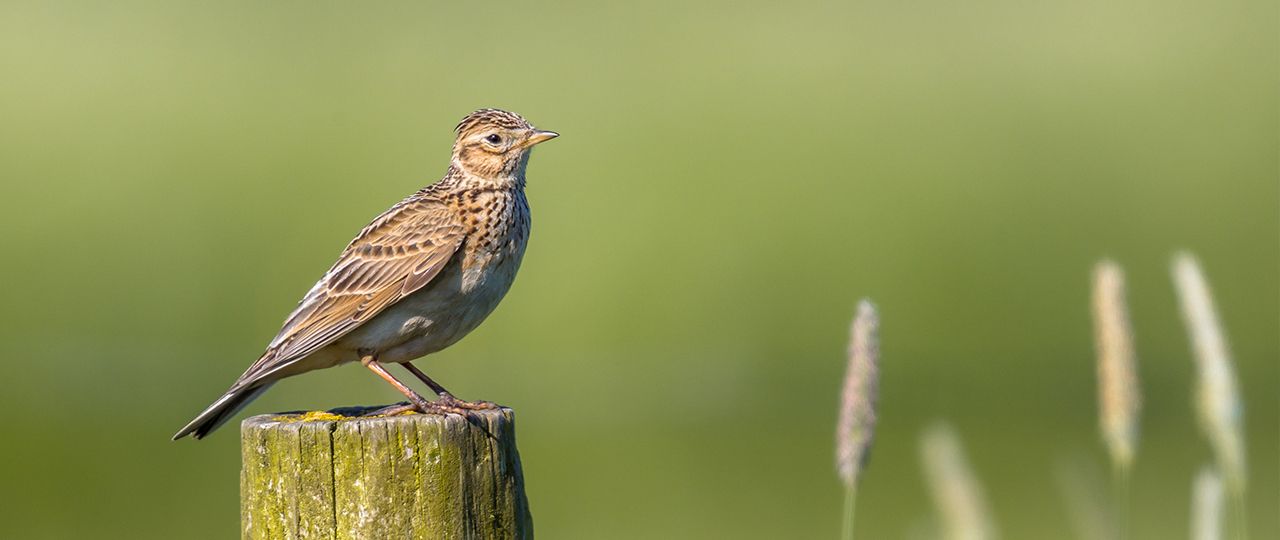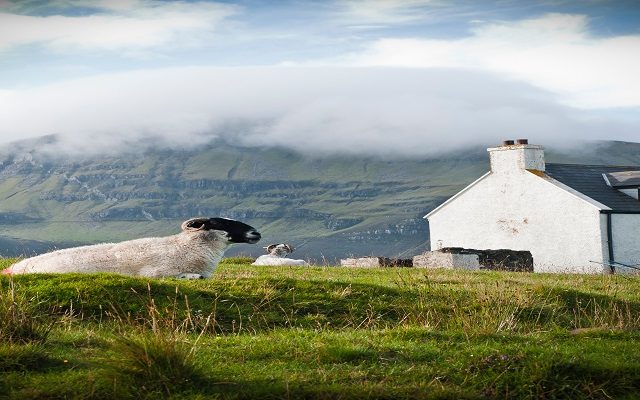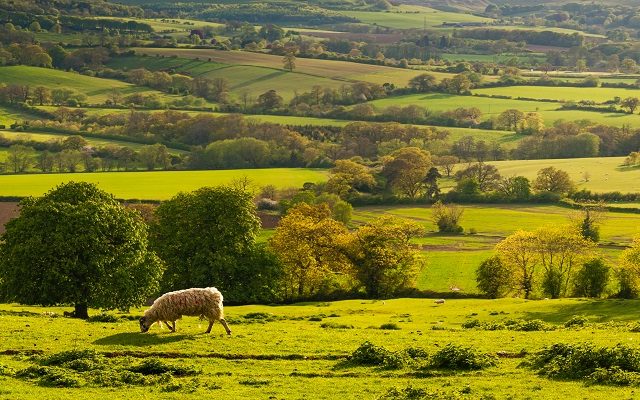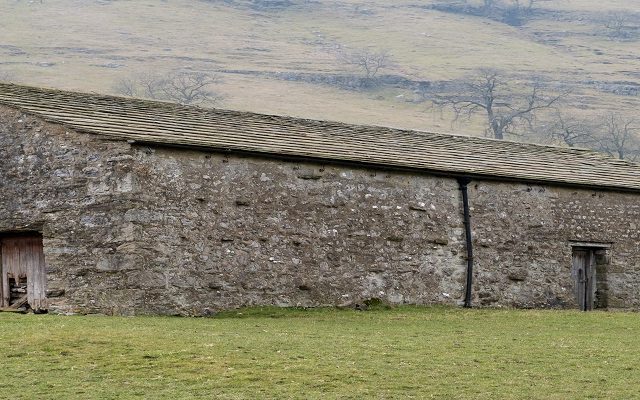‘Payment by results’ pilot points to future direction of ELMS
Signs are growing that giving farmers the flexibility to develop their own strategies for managing land, in a way that boosts wildlife and biodiversity, is a principle that will be incorporated into the design of the proposed Environmental Land Management System (ELMS).
The government is in the process of developing a new system of farm support based on rewarding farmers for the provision of ‘public goods’, such as improved wildlife habitats and better air and water quality.
Work on the design of the ELMS has already begun, with one of the projects feeding into the evidence base for its development being ‘payment by results’ pilots covering upland grassland and lowland arable farming systems.
Natural England has just published its first major assessment of this work, concluding that the project is boosting local wildlife and motivating farmers to develop nature-friendly practices, more than exisiting agri-environment schemes.
Pilot results
The upland project, which has been operating in Wensleydale in the Yorkshire Dales, has been focusing on developing species-rich meadows and grassland for breeding waders.
The second pilot, in Norfolk/Suffolk, has been looking at how arable farmers can deliver plots of winter bird food and flower-rich mixes for pollinators.
Unlike under current agri-environment schemes – which pay a flat rate for the actions taken rather than the results achieved – the 34 farmers taking part in the pilots have had the freedom to choose how they manage their land to enhance the environment.
This has meant they have been able to make their own decisions on issues such as fertiliser use, grazing management, seed bed preparation, choice of seed mix and whether to use plant protection products.
In the Wensleydale pilot, there was a 24% increase in the quality score of species rich meadow sites over the two years, with improvements on all but two sites.
The trial areas for species-rich meadows also recorded a greater number of important plant species, such as pignut and eyebright, benefitting bumblebees, butterflies and birds.
Quality scores for the breeding wader habitat declined by 13% on average over the 2 years, but this was still slightly better than on comparable control sites (-17%).
Results of the arable pilot were also positive. The winter bird food plots managed with a results-based approach significantly outperformed conventional scheme control plots during both years of the pilot (43% higher scores).
There was less of a difference for the pollen and nectar plots, but they still performed better than the control sites.
Participating farmers also reported they felt more motivated to manage their land in a way that enhances the environment.
Future potential
The report concluded that the result-based approach has “considerable potential” for the design of ELMS.
However, it acknowledges that there will be challenges in terms of rolling it out on a wider scale.
These include the need for high levels of support in the early stages of the scheme’s implementation, to give farmers the necessary skills and confidence to carry out self-assessments of their work.
There is also the question of how to develop safeguards for farmers, in the event of exceptional weather events.
Another challenge is the fact that if payments vary each year according to results, then this makes it much harder for payment bodies to budget their annual spend.
The complicated payment structure may also be a potential problem from a farmer’s perspective as they will have no certainty about cashflow from year-to-year. This makes these payments more akin to income from growing crops and stock.
For example, the pilot had six tiers of payments for winter food plots ranging from £0/ha to £842/ha, while the payments for species rich hay meadow ranged from £112/ha to £371/ha.
However, the fact farmers feel more motivated by a results-based approach could also be crucial in restoring confidence in agri-environment schemes and encourage greater take-up in future.






